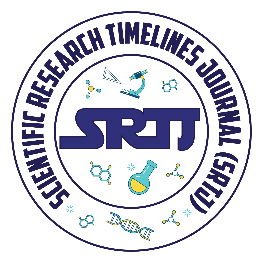NUTRITIONAL PROFILING OF PROTEINS IN WHEAT GRAIN
Keywords:
Wheat, Proteins, glutenins, glidians, albumin, globulinsAbstract
Wheat, a globally cultivated cereal grain, has historically played a crucial role in human nutrition. Rich in proteins like gluten, gliadins, and glutenins, wheat's storage proteins constitute a substantial portion of its nutritional content. The two primary wheat species, Triticum aestivum and Triticum durum (pasta wheat), have distinct roles in culinary traditions. Protein content, influenced by environmental factors, varies significantly, with hard wheat having higher protein content than soft wheat. Analyzing wheat proteins through techniques like two-dimensional gel electrophoresis reveals a diverse array of proteins, categorized as monomeric (gliadins, globulins, albumins) and polymeric (glutenins). Gluten, comprising 80-85% of wheat protein, exhibits considerable diversity with distinctive characteristics among its components, gliadins and glutenins. Wheat proteins offer numerous advantages, impacting dough quality, grain texture, and human health. However, challenges arise from wheat protein allergies, celiac disease triggered by gluten, and non-celiac wheat sensitivity. Optimal health is best achieved through a balanced diet, recognizing the diverse impacts of wheat proteins on human health.
Downloads
Downloads
Published
Issue
Section
License
Copyright (c) 2023 Scientific Research Timelines Journal

This work is licensed under a Creative Commons Attribution-NonCommercial 4.0 International License.








 This work is licensed under a
This work is licensed under a 